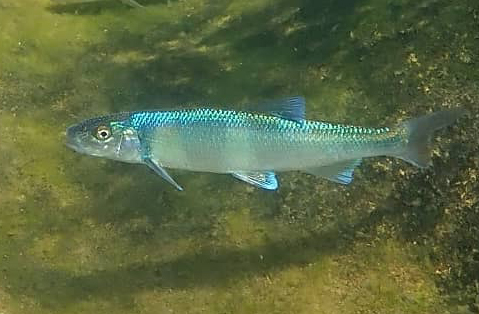This is the first, hopefully, in a series of blogs on North Carolina’s imperiled freshwater fish fauna. There are 258 described and undescribed species of freshwater fishes in North Carolina (Tracy et al. 2020). Unfortunately, 31% (79 species) of the 258 species are Federally or State listed as either Endangered, Threatened, Special Concern, or Significantly Rare (NCNHP 2020; NCWRC 2017; Tracy et al. 2020). Thirteen of these species are listed as Federally or State Endangered and 13 species are considered State or Federally Threatened. A map of the geographical distribution of each species within North Carolina may be found in Tracy et al. (2020).
The French Broad basin, encompassing the French Broad, Mills, and Swannanoa rivers, and the cities of Asheville and Hendersonville, has the greatest number and percentage of imperiled species (27 and 27%, respectively). There are no imperiled species in the small, headwaters of the Watauga River basin and only one species in the southeastern coastal Shallotte River basin. Three species have long been considered extirpated from North Carolina’s waters and all were originally found in the French Broad River or its tributaries: Paddlefish, Polyodon spathula, Blueside Darter, Etheostoma jessiae, and Sickle Darter, Percina williamsi (Tracy et al. 2020).
Causes of Imperilment
Imperilment is tied for the most part back to human-related causes. Depending upon the species, these causes may include over-fishing (e.g., sturgeons, Acipenser spp.); flow alterations (quantity and quality) and changing thermal regimes below large mainstem impoundments and small dams; habitat alteration and fragmentation (e.g., Paddlefish, redhorse suckers, Moxostoma spp., and logperches, Percina spp.); migration interdiction (e.g., sturgeons and redhorse suckers); legacy land use modifications; urbanization (e.g., Carolina Madtom, Noturus furiosus); poor water quality (e.g., Spotfin Chub, Cyprinella monacha, Bridle Shiner, Notropis bifrenatus, Cape Fear Shiner, Notropis mekistocholas, Carolina Madtom, Roanoke Logperch, Percina rex, and Blotchside Logperch, Percina burtoni); sedimentation and excessive turbidity; non-point source runoff; nonindigenous species; and restricted geographical distributions (e.g., Waccamaw Silverside, Menidia extensa, and Rosyface Chub, Hybopsis rubrifrons).
Levels of Impairment
Federally Endangered[1] – A taxon that is in danger of extinction throughout all or a significant portion of its range (Endangered Species Act of 1973).
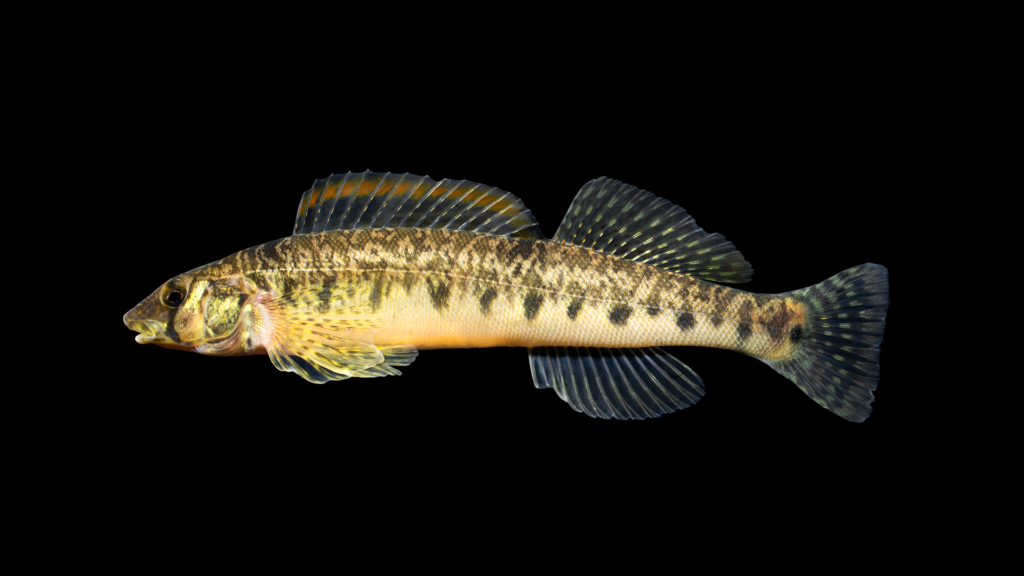
[1] Effective July 9, 2021 the Carolina Madtom, Noturus furiosus, was up-listed from State Threatened to Federally Endangered (https://www.regulations.gov/document/FWS-R4-ES-2018-0092-0044).
Federally Threatened – A taxon that is likely to become an endangered species within the foreseeable future throughout all or a significant portion of its range (Endangered Species Act of 1973).
State Endangered – Any native or once-native species of wild animal whose continued existence as a viable component of the state’s fauna is determined to be in jeopardy or any species of wild animal determined to be an Endangered species pursuant to the Endangered Species Act (North Carolina General Statue 113-25).
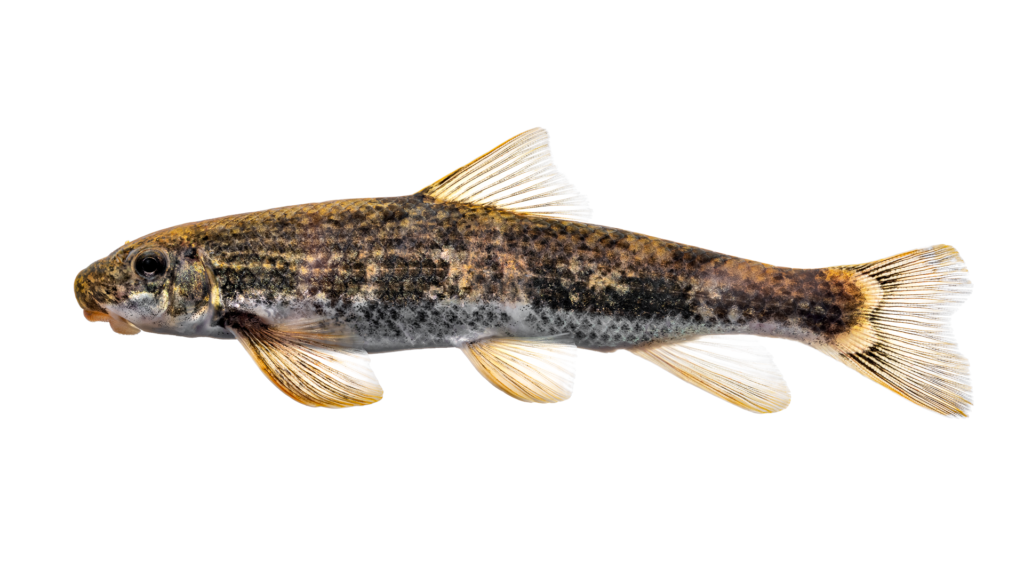
State Threatened – Any native or once-native species of wild animal, which is likely to become a state-endangered species within the foreseeable future throughout all or a significant portion of its range, or one that is designated as a Threatened species pursuant to the Endangered Species Act (North Carolina General Statue 113-25).
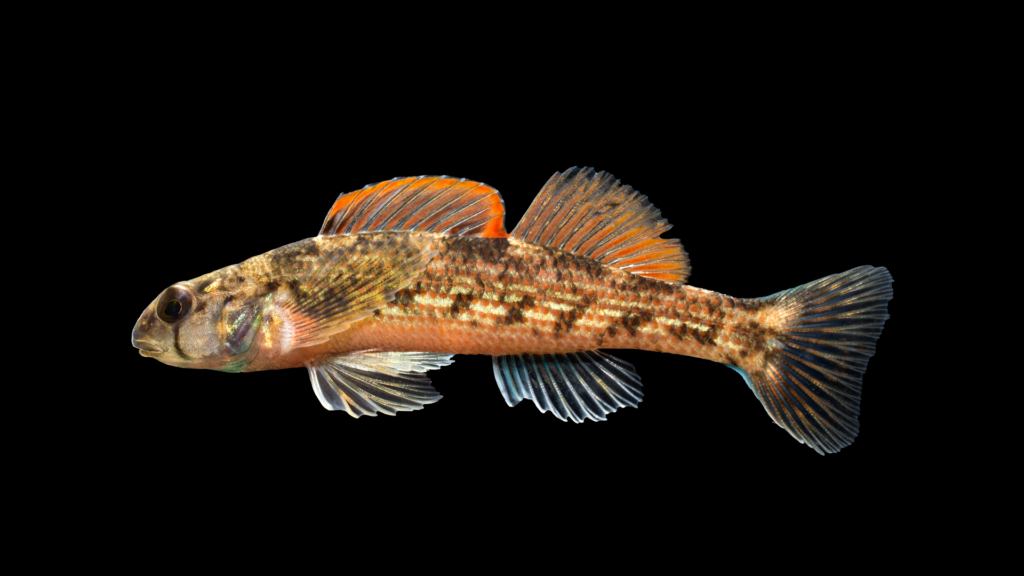
State Special Concern – Any species of wild animal native or once-native to North Carolina, which is determined by the North Carolina Wildlife Resources Commission to require monitoring but which may be taken under regulations adopted under the provisions of the Article (North Carolina General Statue 113-25).
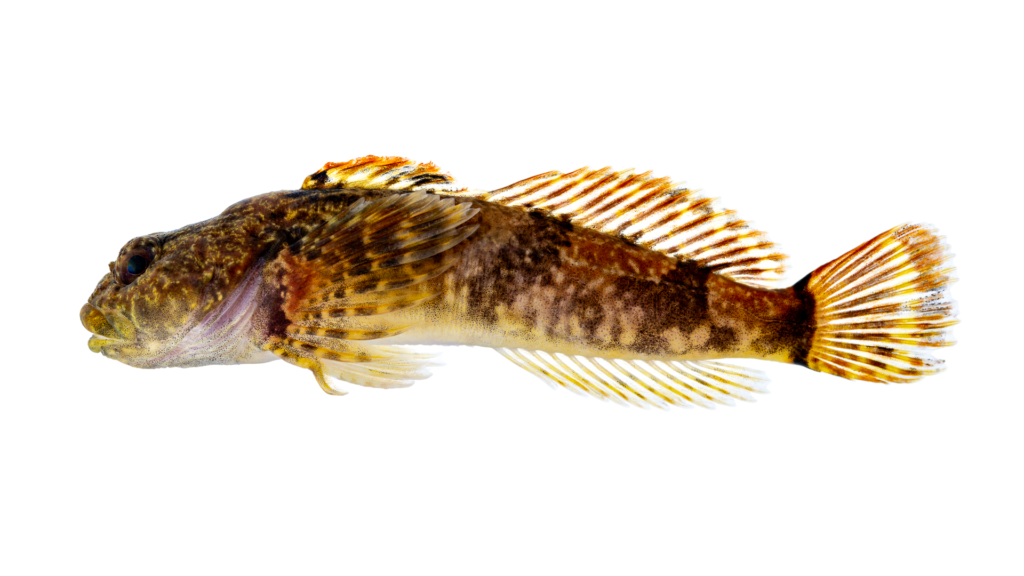
Significantly Rare – Any species, which has not been listed as an Endangered, Threatened, or Special Concern species, but exists in the state (or recently occurred in the state) in small numbers (generally fewer than 100 statewide populations) and has been determined by the North Carolina Natural Heritage Program to need monitoring. Significantly Rare species include species of historical occurrence with some likelihood of rediscovery in the state and species substantially reduced in numbers by habitat destruction, direct exploitation, or disease.
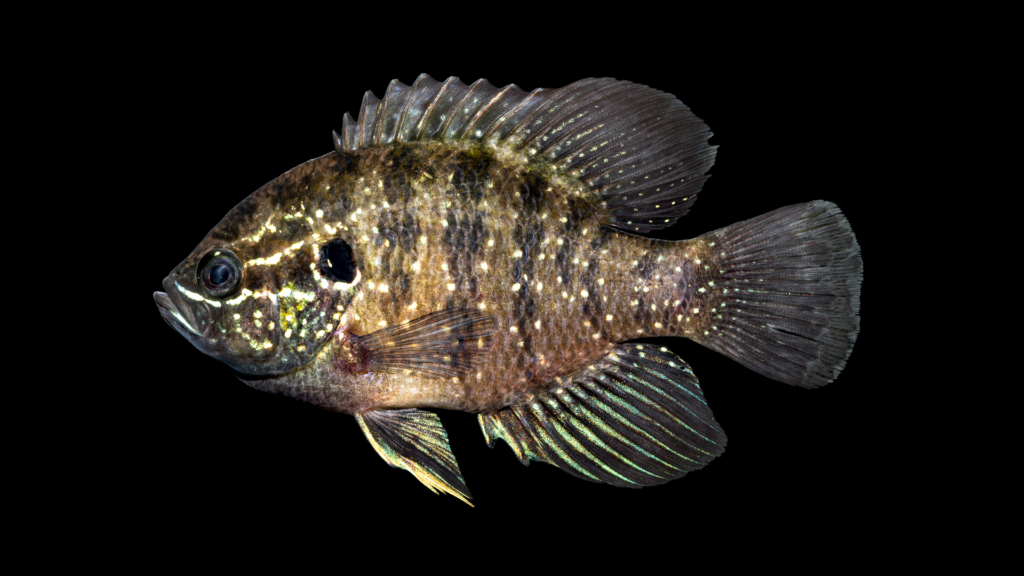
The complete photographic essay of all of North Carolina’s imperiled fish species may be found in this file:
